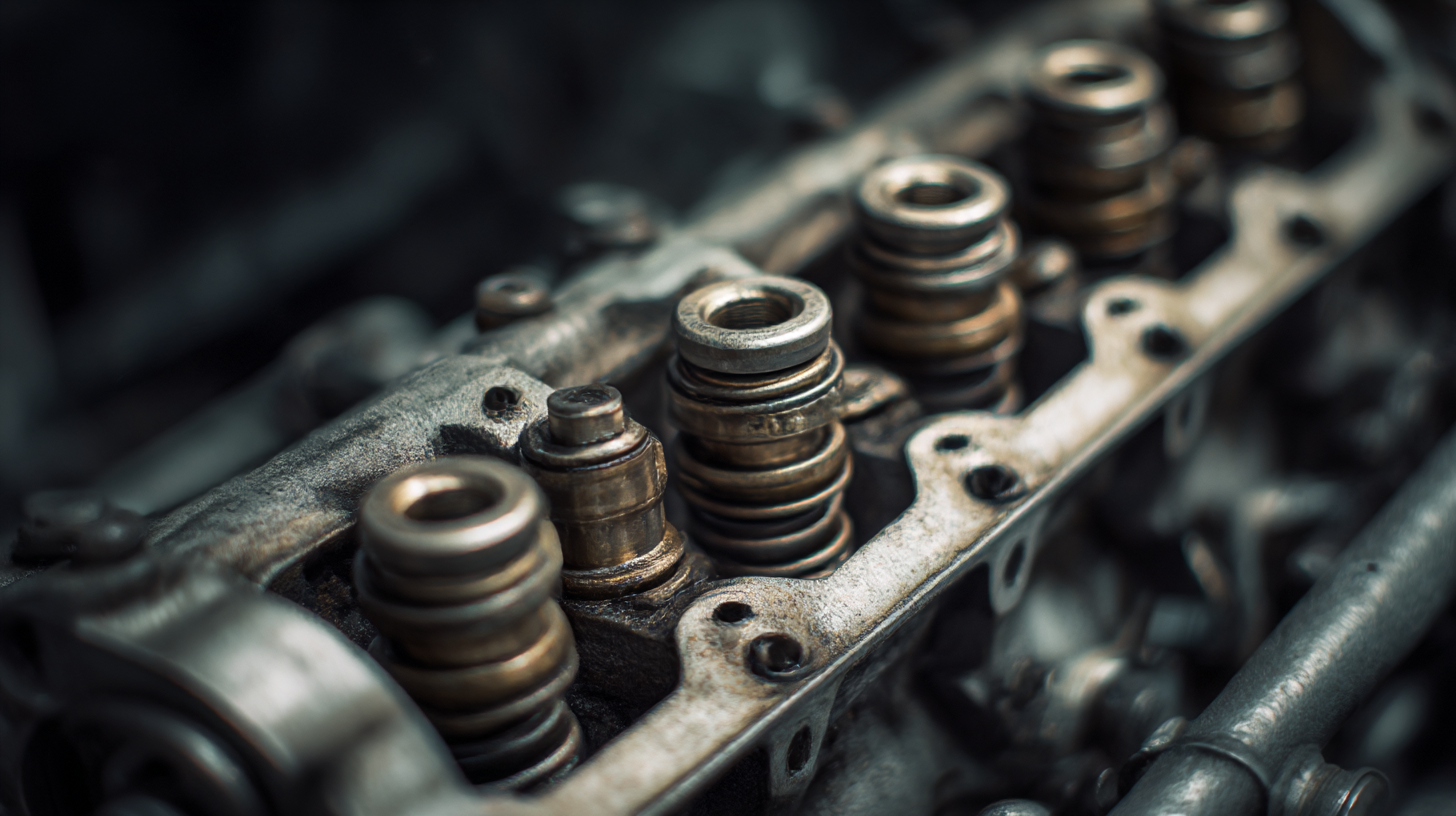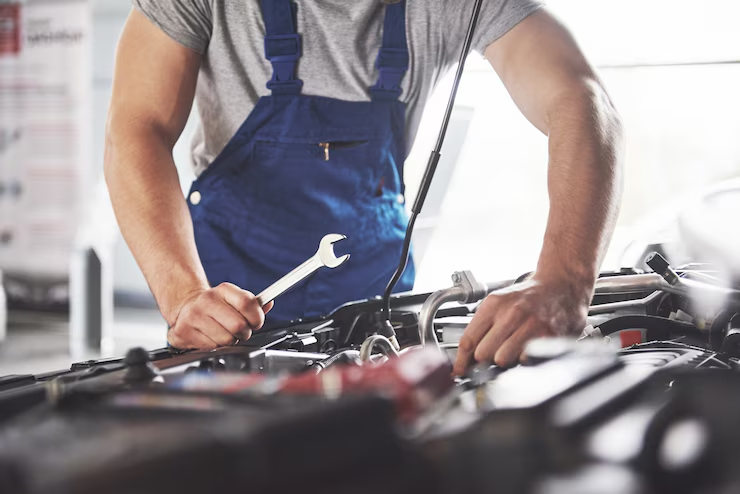
Why a Neutralizer Fails Internally Even on a Healthy Engine
Drivers often assume that if their engine runs clean and smooth, all related systems should be in perfect condition. That’s not always true. One of the most underestimated failures involves the internal breakdown of the neutralizer — even when the motor isn’t consuming oil and shows no outward symptoms.
Hidden Damage: What’s Breaking the Ceramic from the Inside
Oil burning is a known enemy of the neutralizer, but let’s set it aside. Here, we’re talking about units that fall apart for mechanical reasons alone.

In many cases, vibration becomes the silent destroyer. It’s not about what the driver feels — it’s about fine, repeated oscillations passing through the pipework. These vibrations stress the ceramic block inside. Over time, small fractures develop. Without any error codes or loss of performance at first, the structure can quietly degrade. One day, a large piece collapses inward, clogging the channel entirely.
Before diving deeper, remember: a damaged unit doesn’t mean zero value. If yours is cracked, you can still sell it. Check cat converter prices on Autocatalyst. This platform allows you to estimate how much you might earn for your broken or used neutralizer. You won’t be buying a new one there — but you’ll be connected with buyers who extract precious metals from these old components. Don’t trash it — recycle and recover part of your investment.
Mechanical Causes Unrelated to Oil Consumption
Here are some often overlooked triggers of internal failure:
- Assembly under tension. If the unit is bolted in while misaligned, even by a few millimeters, constant stress gets applied across the ceramic. This kind of pressure doesn’t show on the surface but weakens the internal core.
- Cheap or incorrect replacement parts. Using off-spec gaskets or mounts shifts load points and introduces unwanted forces during heating and cooling cycles.
- Cold starts followed by aggressive driving. The sudden change in temperature can cause the ceramic to expand unevenly, leading to cracking.
- Improper handling during installation. A hard knock against the unit during assembly might go unnoticed — until vibrations do the rest.
- Impact from underneath. A hit from a speed bump, rock, or even an icy chunk can deliver just enough shock to start internal fractures, especially if the housing is thin or worn.
These events don’t always cause immediate failure. But once the core is compromised, every hot-cold cycle worsens the condition.
What to Watch for (Before It’s Too Late)
You can catch signs of failure early if you know what to look for:
- A sudden, strange rattle from under the car after starting.
- Noticeable drop in power at higher RPMs.
- Sluggish acceleration without error codes.
- An odd, whistle-like noise from the middle or rear of the vehicle.
- Increasing fuel consumption with no visible leaks.
Even if these signs are mild, they often point to a developing internal collapse. Diagnosing the issue in time can save your engine from having to fight against increased backpressure.
If your unit is already compromised, don’t assume it belongs in the scrap pile. The ceramic matrix inside contains materials that are valuable on their own. On Autocatalyst, you can check prices by vehicle make and model and arrange a sale without unnecessary hassle.




